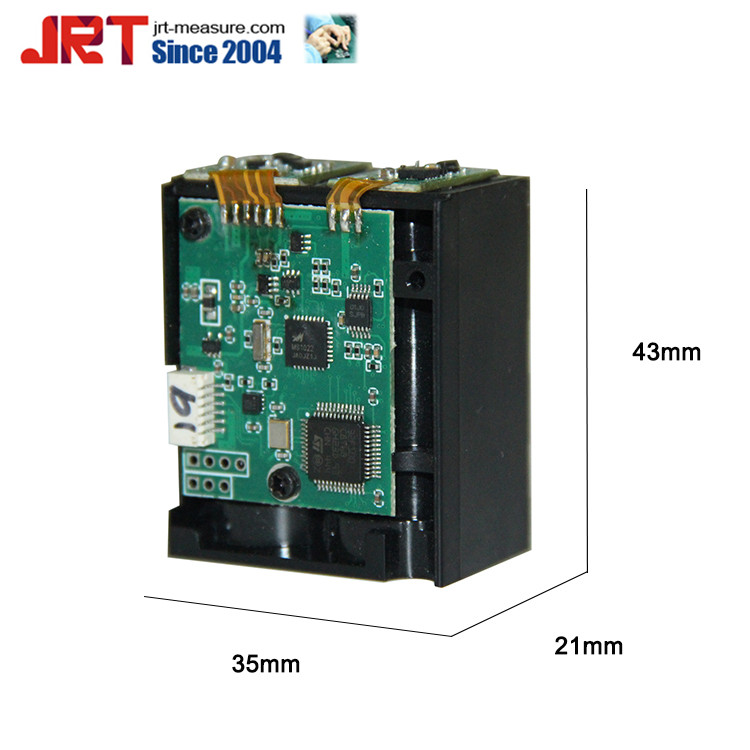First, the main symptoms. Shortly after the seedling stage or after colonization, the epidermis of the stem turns brown and decays, and the root system decays. The diseased plants are easily removed.
Second, the incidence conditions. The wintering of the mycelium in seeds and soil. In the early spring, the mulch covered or borne on cabbage plants cultivated in small sheds and plastic greenhouses. It was a disease of low temperature and high humidity. The pathogens spread with irrigation water.
Third, control methods
1. Seed treatment: Select good varieties, use withered Aet 800 times solution, soak for 4 hours to disinfect, remove and rinse with water twice, drain and then germinate and sow; or disinfect with 1% saline.
2, bed soil treatment: bed soil with 1000 times carbendazim disinfection treatment, or with withered 1000 times liquid Antai mixture treatment, matrine powder can also be used 1:1000 times to control underground pests. The seedbed should be leveled to facilitate watering in the future. The thickness is generally about 10cm. Using organic bioactive fertilizer as a nursery fertilizer, it can significantly improve the resistance of cabbage to root rot.
3, sowing nursery: The germinated seeds are sown on the seedbed after the cover soil, generally about 1 cm soil cover, covering the soil with sandy loam is appropriate. After covering the soil, cover the plastic awning cloth and increase the temperature to facilitate seedling emergence. Pay attention not to flood irrigation to prevent high humidity and low temperatures, causing a variety of seedbed diseases.
4, seedbed management: After the seedlings unearthed, timely watering to prevent lack of water, but must not flood irrigation. When 30% of the seedlings emerged, the seedlings and seedlings were sprayed 2-3 times with withered Aetna 500 times to prevent blight, damping-off and root rot. The interval was 7-10 days. When the seedlings are full, they are sprayed with Weisheng D1300 twice a day for 1-2 times. The interval is 10-15 days, which can promote seedling growth and prevent disease intrusion. After the seedlings are large, the seedlings will be turned down in time, with the strain as the unit, with an interval of 2 inches. After pouring the seedlings, they should be sprinkled with water and should not be flooded. Immediately before transplanting, the air was released and the seedlings were allowed to bloom to allow the seedlings to age. The day before transplanting, the water was poured and drenched once.
5. Colonization management: When planting, use the withered Aetna 300 times solution or 50% root rot 500 times solution and other fungicides to spray the seedbed and seedlings once to prevent the seedlings from entering the greenhouse. During planting, leeks and cabbage can be planted to reduce the root rot of cabbage. This is because leeks can produce a strong, special odor that can be sterilized.
1000Hz High Frequency LiDAR System
JRT High Frequency Range LiDAR Sensor is 2021 new product, that's a low-cost tof sensor but High frequency (up to 1000Hz). With 5cm high accuracy, the LiDAR Module can measure 80m.
Why the 1000Hz High Frequency LiDAR System:
* Widely used in many industrial automation system, like, UAV, delivery van, anti-lock break system, construction automation,intelligent toy robots etc.
* Small size: 43*35*21mm, can be easily integrated
* Invisible laser design: the laser type is 905nm,Class I
* High Frequency: 1000hz/1khz
* Low power design

Chengdu JRT Main Ranging Modules: Industrial Laser Distance Sensor, Laser Distance Meter Module, Tof LiDAR Sensor.
lidar sensor,tof sensor,lidar system
Chengdu JRT Meter Technology Co., Ltd , https://www.accuracysensor.com